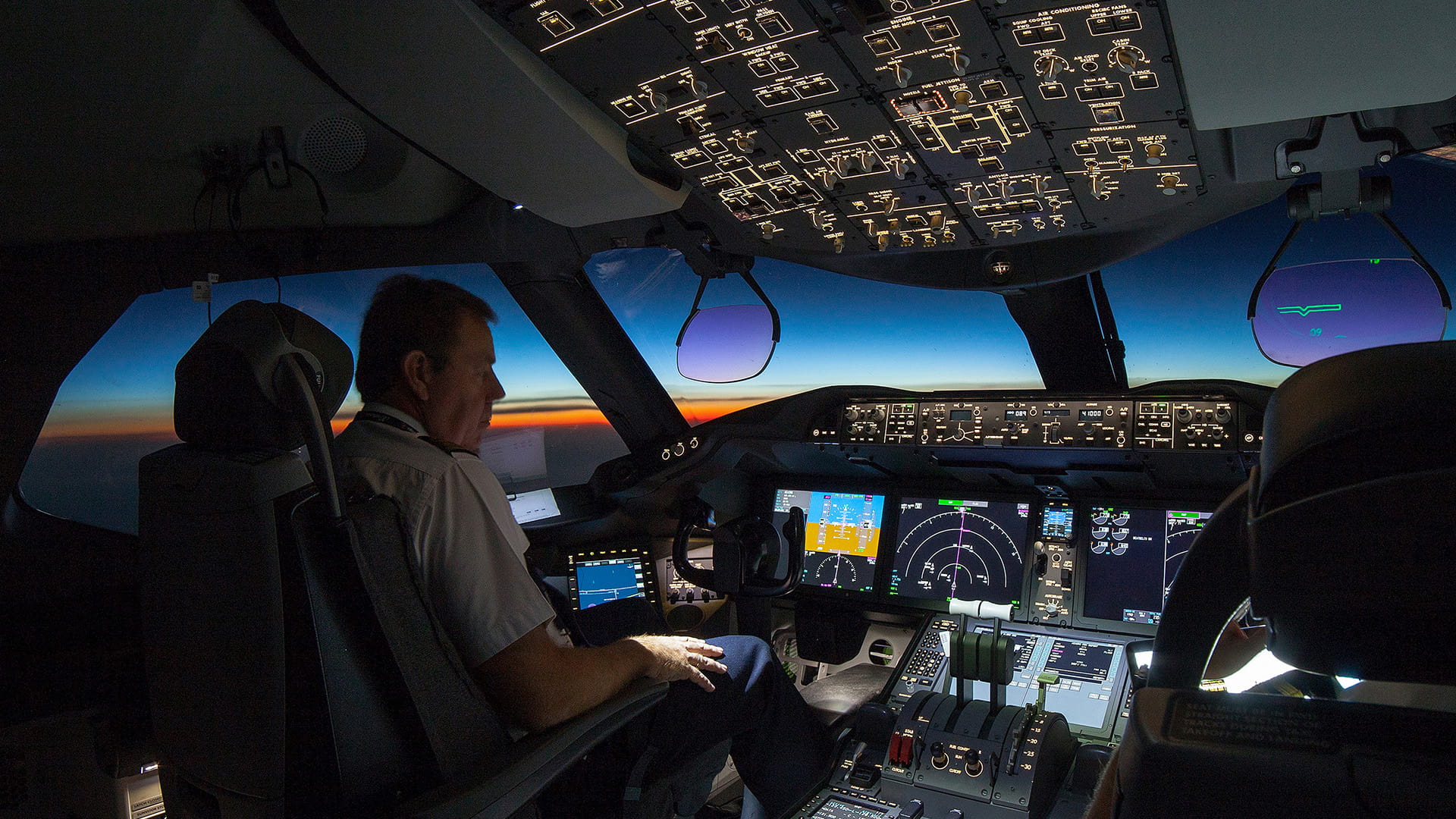We provide flight control actuation, cockpit controls, cabin pressure and control, electric systems, fire protection, emergency power, cockpit and exterior lighting, wheels and brakes, cargo systems, fuel systems, avionics and air data sensors. We also offer structural components -- such as our leading-edge nacelles and struts and our cabin and seating technologies for commercial, business and military markets – and the list goes on.
This breadth of technology – amplified by our ongoing investment in advanced engineering design tools and model-based engineering – provides our engineers with a unique view into aircraft system design and its impact on sustainability.
We’re using this systems perspective to find integration opportunities that simplify a system, eliminate parts, reduce weight and drag, improve aerodynamic efficiency and increase reliability.
Specifically, we’re developing integrated solutions for the next generation of aircraft platforms to ensure that, along with inherent operational efficiencies, we’ll also be able to offer our customers reduced environmental impacts.
Some innovations-in-progress include:
Multi-function structures
Example: Integrated aircraft doors
We’re working on a thermoplastic, one-piece door structure that comes fully assembled with new latches, augmented situational awareness technology and an integrated evacuation system to offer one-stop, scalable design for next-generation single-aisle and widebody aircraft.
The combination of lighter, composite materials throughout the structure and our ability to optimize design for all of the elements installed in the door, is a more efficient use of weight and space on the aircraft -- and the key to more sustainable flight.
Power & thermal management solutions
Example: Integrated power management
Collins teamed up with Pratt & Whitney and the Raytheon Technologies Research Center on a one-company solution to bring transformational power and thermal management capabilities to next-generation jets.
By pairing advanced systems architectures with digital engine controls in new ways, the team was able to lower the temperature on heat exchangers, reduce fuel burn, and lighten overall aircraft weight – all while optimizing engine performance.
More sustainable actuation technology
Example: Integrated electro-mechanical actuation components
Collins Aerospace in investing $18M to develop “smart” actuation components for both commercial airplanes and helicopters in our center of excellence for actuation systems in France. This program is supported through a four-year research and development program grant from the French civil aviation authority (DGAC).
The investment will be used to develop a number of solutions to enable more sustainable flight, including: a lighter, more compact, motorized gearbox; more compact actuator structures with improved thermal management; a full authority actuator to enable fly-by-wire for all helicopter platforms; AI-enabled prognostics and health management capabilities; and an advanced, modular electro-mechanical actuator that can be used across a number of platforms.
Contact us to learn more about sustainability at Collins Aerospace

